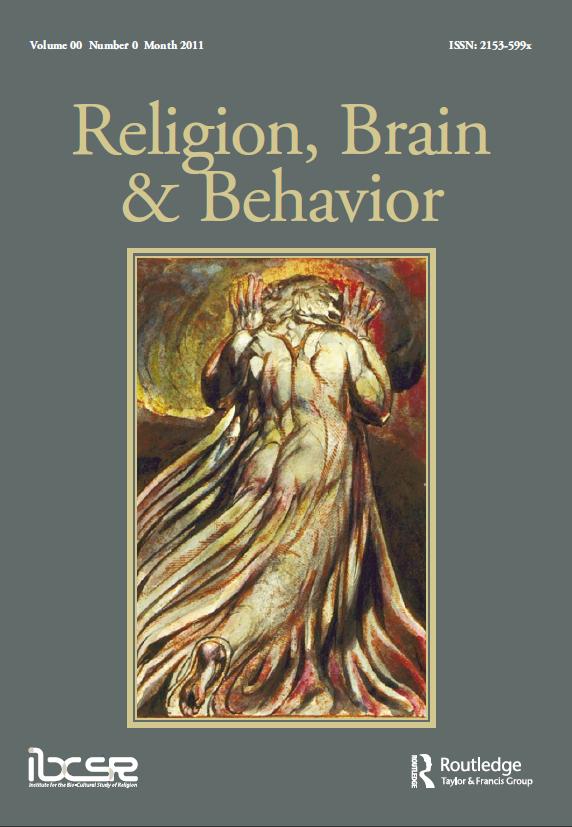Metrics for Religion, Brain & Behavior :
-
Impact Factor: 3.6 (2023); Five-Year Impact Factor: 3.8 (2019-2023)
-
Scimago Journal & Country Rank (SJR): 0.764 (2023; #7 out of 635 Religious Studies journals, 99th percentile)
-
CiteSchore: 3.0 (2023; #10 out of 644 Religious Studies journals, 98th percentile)
Recommend the Journal to Your Library
Aims and Scope
Peer Review Policy
Editorial Staff
Book Reviews
Publisher
Editorial Advisory Board
Author Instructions
Background
Religion, Brain & Behavior's iconic image is William Blake's painting, "Web of Religion" (pictured on the journal cover, at right).
Recommend the Journal to Your Library
We have made it convenient for you to recommend that your local library purchase an RBB subscription. Just download the recommendation sheet, fill out the information, and give it to your librarian. The recommendation sheet is an editable pdf form, so you can fill it out using a computer and email it to your librarian, or else print it up and hand the sheet to your librarian. All you need to add is your name; the journal information is already provided.
Aims and Scope
The aim of Religion, Brain & Behavior (RBB) is to provide a vehicle for the advancement of current biological approaches to understanding religion at every level from brain to behavior. RBB unites multiple disciplinary perspectives that share these interests. The journal seeks empirical and theoretical studies that reflect rigorous scientific standards and a sophisticated appreciation of the academic study of religion.
RBB welcomes contributions from a wide array of biological and related disciplines, including cognitive science, cognitive neuroscience, evolutionary psychology, social psychology, evolutionary anthropology, social neuroscience, neurology, genetics, demography, bioeconomics, neuroeconomics, physiology, developmental psychology, psychology of religion, moral psychology, archaeology, mimetics, behavioral ecology, epidemiology, public health, cultural evolution, and religious studies. In summary, RBB considers high quality papers in any aspect of the brain-behavior nexus related to religion.
Issues were published three times during 2011 (the first volume), and four times annually from 2012 onwards.

